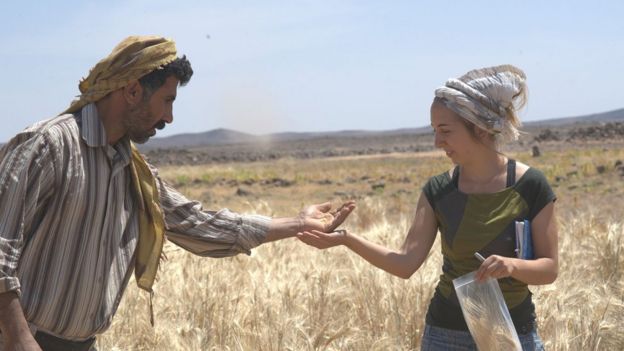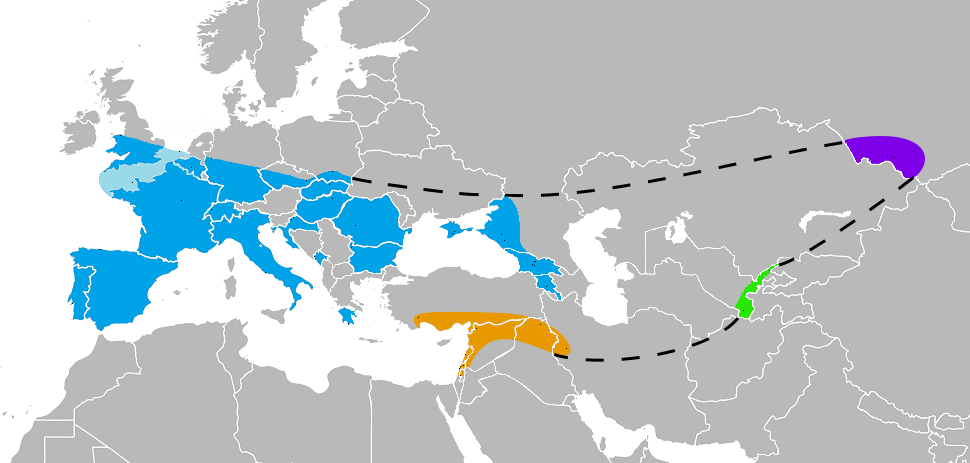
1. Welcome to the new age!
And it's not Aquarius or the Anthropocene - but the Meghalayan Age.
Our current geological epoch - the Holocene - has been split into 3 ages: Collapse of civilizations worldwide defines youngest unit of the Geologic Time Scale [EDIT: updated link here: Formal subdivision of the Holocene Series/Epoch]
Greelandian - a period of warming that followed the last great ice age, 11,700 years ago;
Northgrippian - a warmer period from around 8,300 years ago
Meghalayan - a period beginning around 4,200 years, underlined by major droughts that caused the collapse of major civilizations worldwide, presumably due to changes in ocean and atmospheric currents.
However, as the BBC reports, a lot of people aren't happy about this - not least because there had been a long discussion about naming this period the Anthropocene.
2. Oldest bread, actually tasty
Archaeologists in Jordan have discovered traces of baked flatbread, dating from around 14,000 years ago: Archaeologists discover bread that predates agriculture by 4,000 years
What's significant about that discovery is that it predates the supposed beginnings of agriculture by a whopping 5,000 years.
The suggested explanation is that hunter-gatherers may have been harvesting and grinding wild grains for cooking, as a precursor to full-scale farming.
More from the BBC: Oldest evidence of bread discovered
3. Iceland: try before you settle
The discovery of two huge longhouses suggests Iceland was being used as a summer camp a long time before Northmen, aka Vikings, settled there permanently: New archeological research forces historians to reconsider the story of Iceland's settlement
Perhaps not everyone's first choice for a vacation, but the seas would have offered a rich harvest of fish and birds to take back home to Scandanavia.
Now the Icelanders have to figure out how all that fits into their early history.
4. Neanderthals light my fire
Marks on hand axes associated with Neanderthal use may have been from lighting fires: Neanderthal hand axes were also used as lighters for starting fires
Chipping the flint axe heads would have been one way to create sparks - which if true, helps build on a picture of Neanderthals being bigger tool users than had originally been assumed.
5. Drought reveals history
The long spell of dry weather in the UK has helped reveal new archaeology: Hidden landscapes the heatwave is revealing
This has led to the discovery of Roman Forts in Wales, as well as a new structure at Newgrange - on top of the recently discovered megalithic tomb: Ancient tomb complex 'find of lifetime'
If you have a drone, now might be a good time to do some local surveying - before forecast rains make England's pleasant lands green again.


